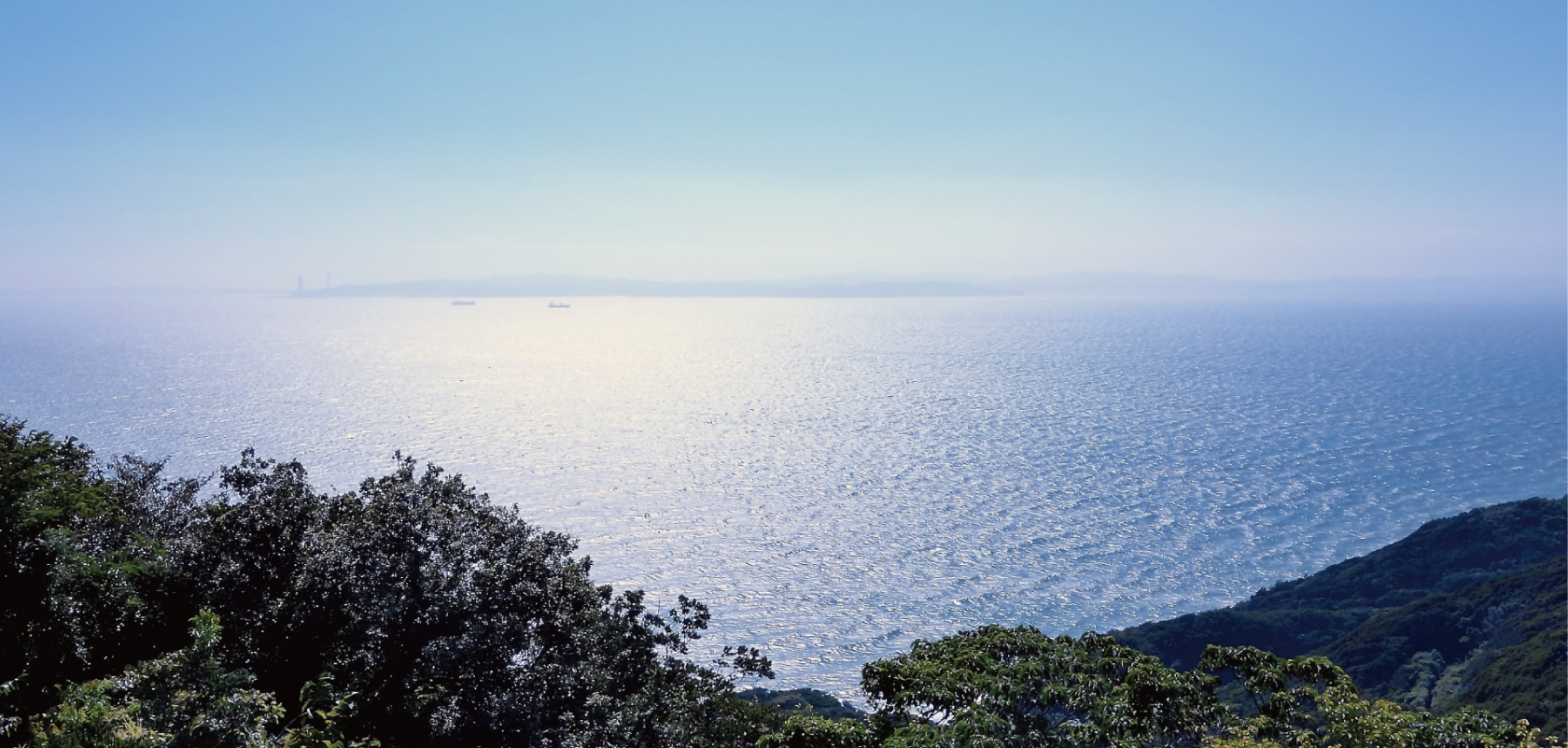2023年4月
-
2023年4月28日
j$k5183571j$k
When it comes to the human body, one of its most fascinating features is its ability to move. This movement is made possible by the contraction of muscles, which causes them to shorten and pull on the bones, allowing for motion. Contractions can be voluntary or involuntary, and they can occur in various parts of the body, from the heart to the eyes to the digestive system. In this article, we will focus on contractions in which muscles shorten.
Muscle contractions are essential for us to move, breathe, and perform everyday tasks. They occur when muscle fibers contract and generate force, which pulls on tendons and causes movement. Muscles are made up of a complex network of proteins that work together to produce contraction. When the muscle is stimulated by a signal from the nervous system, a series of chemical reactions takes place within the muscle fibers, causing them to shorten.
There are three types of contractions in which muscles can shorten: isotonic, isometric, and isokinetic. Isotonic contractions occur when the muscle shortens and causes movement, such as lifting a weight or walking. Isometric contractions occur when the muscle contracts but does not change length, such as holding a static yoga pose. Isokinetic contractions occur when the muscle shortens at a constant rate, such as using a weight machine.
Muscle contractions are controlled by the nervous system, which sends signals to the muscle fibers to contract or relax. The nervous system can control the strength and speed of the contraction, depending on the task at hand. For example, when performing a heavy lift, the nervous system will recruit more muscle fibers to produce a stronger contraction.
In addition to movement, muscle contractions also play a crucial role in maintaining posture and stability. The muscles in our core, legs, and back work together to support our body and prevent falls. Without these contractions, we would be unable to stand up straight or maintain balance.
Overall, the ability of muscles to contract and shorten is a remarkable feat of the human body. From everyday movements to athletic feats, muscle contractions play a crucial role in our lives. Understanding how they work can help us appreciate the complexity of our bodies and the incredible things they can do.
-
2023年4月27日
j$k5569611j$k
In the legal world, there are many types of contracts, including express, implied, and quasi-contracts. While many people are familiar with express and implied contracts, quasi-contracts are often misunderstood.
A quasi-contract, also known as an implied-in-law contract, is not a true contract in the sense that it does not arise from an agreement between parties. Rather, it is a legal fiction created by courts to prevent unjust enrichment.
The concept of quasi-contracts dates back to Roman law, where it was known as “condictio indebiti,” meaning an action to recover something that was not owed. In modern times, quasi-contracts are used to provide a remedy when someone has received a benefit at the expense of another party, even if there was no intention to create a contract.
For example, imagine that a person hires a plumber to fix a leak in their kitchen. The plumber completes the work and sends a bill, but the homeowner disputes the charges. After negotiation, the homeowner agrees to pay half of the original bill. However, the homeowner still benefits from the plumber`s services, and so a quasi-contract could be used to recover the other half of the payment.
There are three elements that must be present for a quasi-contract to exist: a benefit must be conferred, the recipient must be aware of the benefit, and it would be unjust to allow the recipient to retain the benefit without paying for it.
In addition, there are several types of quasi-contracts, including those based on restitution, quantum meruit (meaning “as much as is merited”), and unjust enrichment. Each type has its own specific requirements and remedies.
Overall, quasi-contracts serve an important role in the legal system by preventing people from benefiting from the work or services of others without compensation. While they may not be true contracts, they provide a way for courts to ensure fairness and justice in situations where the parties involved did not intend to create a formal agreement.
-
2023年4月22日
j$k5550309j$k
Preferential trade agreements (PTAs) can be complex, as they involve multiple countries and often have a significant impact on trade. As a result, it`s essential that translation and localization are top priorities when it comes to implementing these agreements across different languages and cultures.
Translating PTAs accurately is crucial, as even small errors can have significant consequences. For example, mistranslations could lead to misunderstandings between countries, which could damage relations and even negatively affect trade. It`s essential to ensure that the translations are not only accurate but also culturally appropriate, as phrases and terms that may be acceptable in one language or culture may be inappropriate or even offensive in another.
When translating a PTA, it`s also essential to consider the target audience. This includes not only translating the text accurately but also making sure that the language is accessible and easy to understand for the intended audience. It may be necessary to use simpler language or provide additional explanations to ensure that the content is clear.
Localization is another crucial aspect of PTA translation. Localization involves adapting the content so that it is relevant and appropriate for the local market. This may involve changing terminology or phrasing to align with local customs or regulations, or even adapting the layout of the document to be more culturally appropriate.
In addition to the translation itself, it`s important to consider the impact of PTAs on search engine optimization (SEO). When translating PTAs for different languages, it`s essential to ensure that the keywords and phrases used are relevant for each target market. This includes conducting keyword research for each language and adapting the content accordingly.
In conclusion, translating and localizing PTAs is a complex process that requires careful attention to detail and cultural sensitivity. Accurate translations, cultural appropriateness, and localization are essential for ensuring the success of PTAs and the relationships between countries involved in them. Properly implementing these agreements in different languages can help to promote positive trade relations and facilitate commerce between nations.
-
2023年4月5日
j$k5231826j$k
DOL ESOP Process Agreements: An Overview
Employee Stock Ownership Plans (ESOPs) have become increasingly popular as a means of incentivizing employees and providing retirement benefits. However, implementing an ESOP can be a complicated process involving several legal requirements and regulations. One of the most important aspects of establishing an ESOP is creating a DOL ESOP Process Agreement.
What is a DOL ESOP Process Agreement?
A DOL ESOP Process Agreement is a document that outlines the procedures and processes that a company will follow in establishing and maintaining an ESOP. This document is required by the Department of Labor (DOL) and must be submitted before the ESOP can be established. The purpose of this agreement is to ensure that the ESOP is being established and administered in compliance with relevant laws and regulations.
What Should Be Included in a DOL ESOP Process Agreement?
A DOL ESOP Process Agreement should include several key components, including:
1. Plan Administration: This section outlines the roles and responsibilities of all parties involved in the administration of the ESOP, including the plan sponsor, trustee, and plan administrator.
2. Eligibility and Participation: This section outlines the eligibility requirements for employees to participate in the ESOP and how participation will be determined.
3. Contributions: This section outlines the contribution requirements, including the amount and timing of employer contributions, and any employee contributions.
4. Vesting: This section outlines the vesting schedule for ESOP participants, including how and when the participants become fully vested in their accounts.
5. Distribution: This section outlines the rules for distributing funds from the ESOP, including the options available to participants for receiving their benefits.
6. Fiduciary Responsibility: This section outlines the fiduciary responsibilities of the plan sponsor and trustee in administering the ESOP.
Why is a DOL ESOP Process Agreement Important?
A DOL ESOP Process Agreement is important for several reasons. First, it ensures that the company is in compliance with all relevant laws and regulations related to ESOPs. Failure to comply with these regulations can result in penalties and other legal consequences. Second, it provides a clear framework for employees participating in the ESOP, outlining their rights and responsibilities. Finally, it provides transparency and accountability in the administration of the ESOP, ensuring that participants` interests are protected.
Conclusion
A DOL ESOP Process Agreement is a critical component of establishing and maintaining an ESOP. It provides a clear framework for the administration of the plan, ensuring compliance with relevant laws and regulations, and protecting the interests of all participants. As such, it is important for companies to take the time to create a comprehensive and well-structured agreement. Working with experienced legal professionals can help ensure that the agreement meets all necessary requirements and provides the necessary protection for both the company and its employees.
-
2023年4月3日
j$k5309034j$k
General Agreement on Tariffs and Trade (GATT) is a multilateral agreement aiming to regulate international trade and reduce barriers in global commerce. It was signed in 1947 by 23 countries and has since been replaced by the World Trade Organization (WTO) in 1995. The GATT provided a framework for negotiating trade agreements and resolving disputes between member states.
The GATT focused on reducing tariffs, which are taxes placed on imported goods by a country`s government. These tariffs can make imported goods more expensive than domestically produced goods, making it more difficult for foreign companies to compete in the market. The GATT sought to reduce these tariffs to promote free and fair trade between countries.
In addition to reducing tariffs, the GATT also aimed to eliminate non-tariff barriers to trade, such as regulations and standards that could give domestic companies an advantage over foreign competitors. The GATT also provided a forum for countries to negotiate and resolve trade disputes.
The GATT contributed to the growth of international trade by reducing barriers and increasing access to foreign markets. It also helped to promote economic growth and development in developing countries by providing them with access to global markets.
The GATT`s successor, the WTO, continues to promote free and fair trade between member states. The WTO oversees trade negotiations, resolves disputes, and monitors member states to ensure compliance with trade agreements.
In conclusion, the General Agreement on Tariffs and Trade was a landmark agreement that helped to reduce barriers to international trade and promote economic growth and development. Its legacy continues to inspire new international trade agreements and policies aimed at reducing barriers and promoting free and fair trade. As countries continue to become more interconnected, effective multilateral agreements such as the GATT are crucial for promoting global prosperity and economic development.


